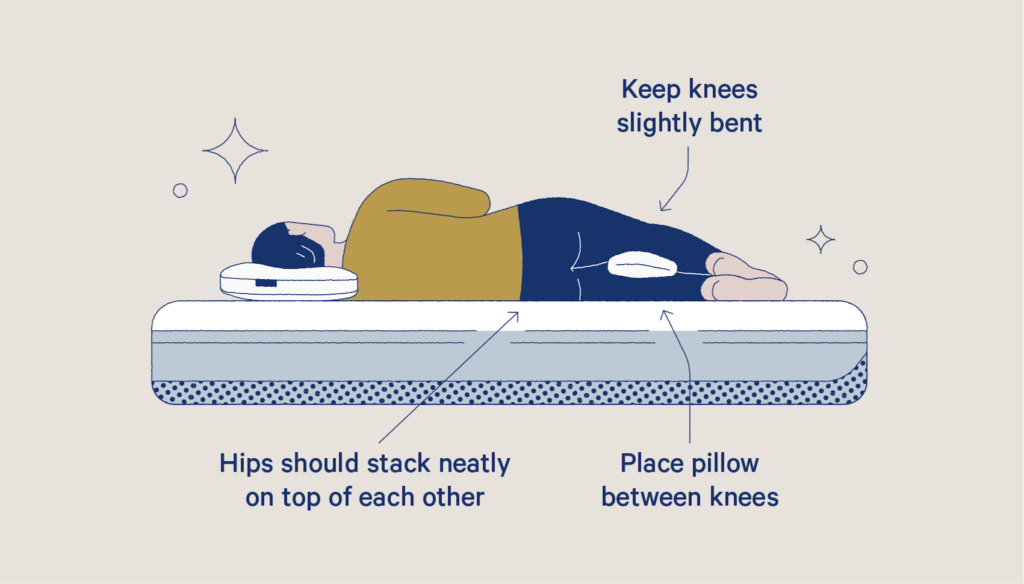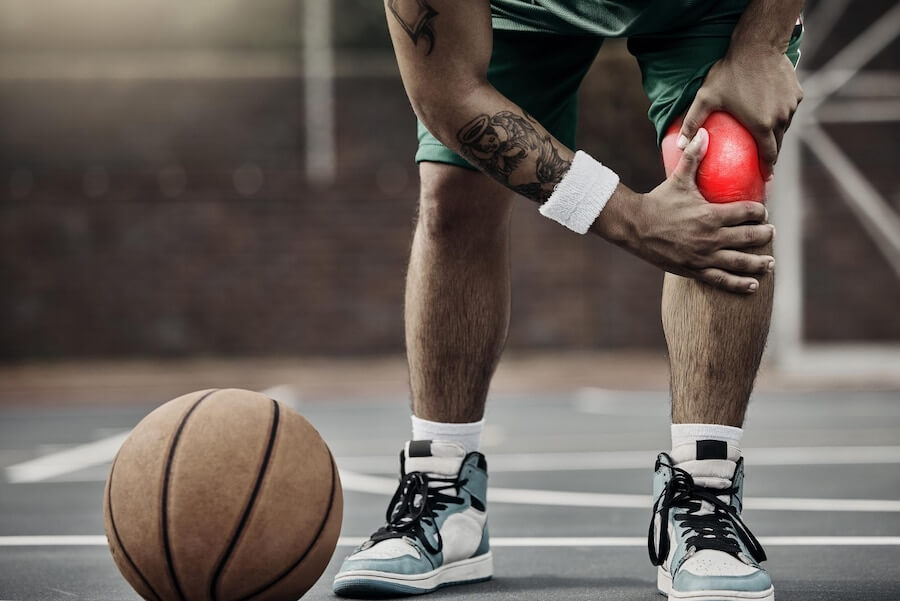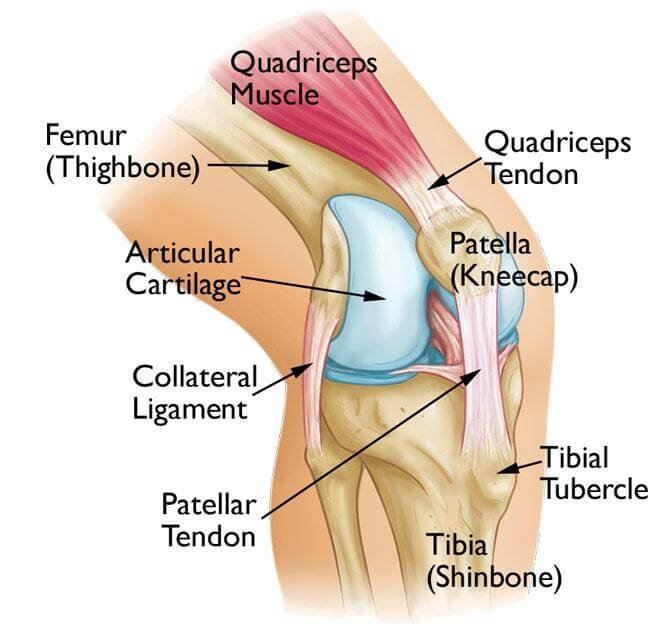Osteoarthritis (OA) is a common form of arthritis that affects millions of people worldwide. It is a degenerative joint disease that causes pain, stiffness, and swelling in the joints, making it difficult for individuals to perform daily activities. While there is no cure for OA, there are various treatment options available to manage the symptoms and improve quality of life. One such option is aquatic therapy, also known as hydrotherapy or water aerobics. In this article, we will explore the benefits of aquatic therapy for osteoarthritis management and how it can help individuals with OA lead a more active and pain-free life.
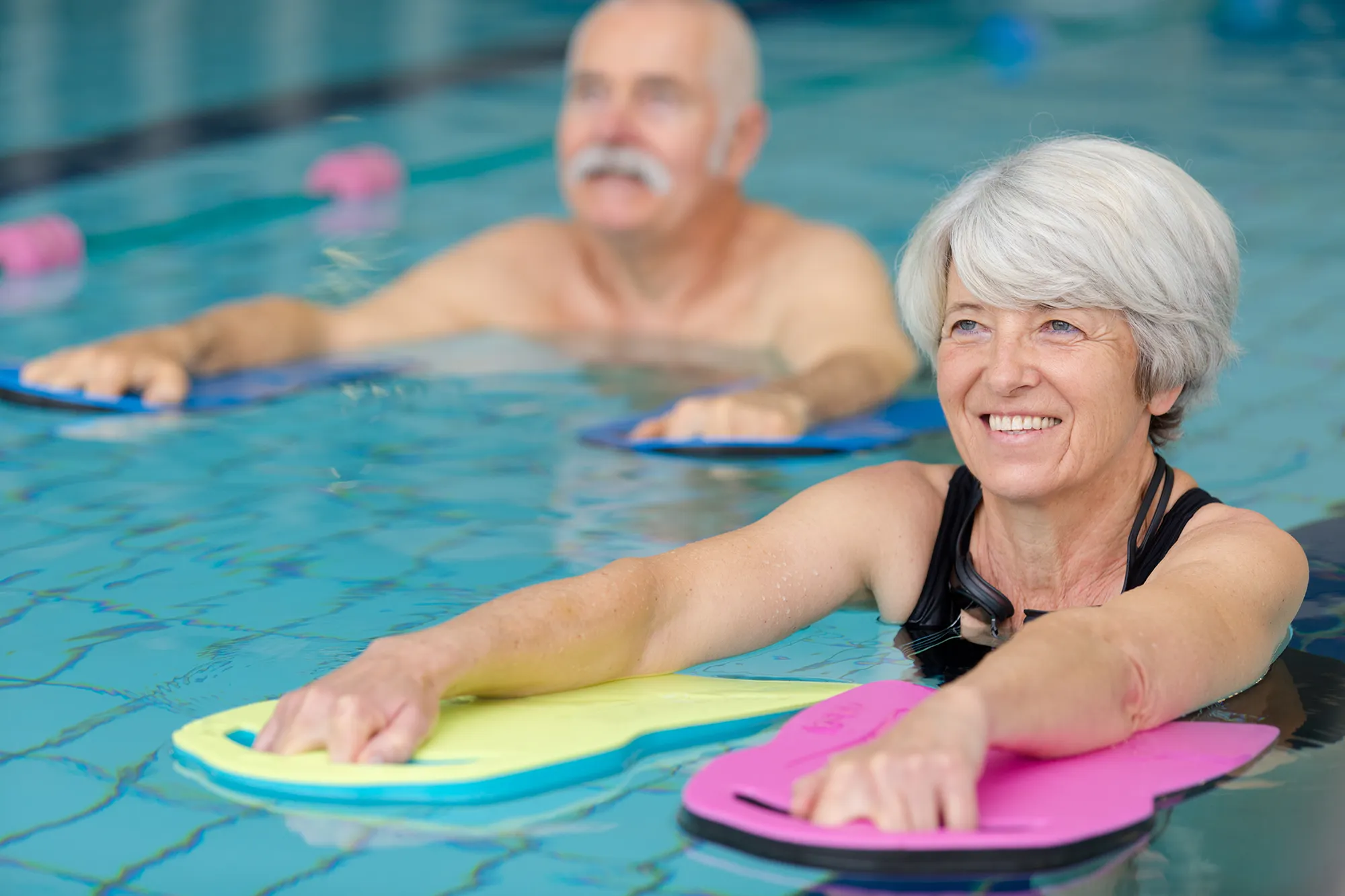
What is Aquatic Therapy?
Water aerobics
Aquatic therapy is a form of physical therapy that takes place in a pool or other aquatic environment. It involves performing exercises and movements in water, under the guidance of a trained therapist. The water provides a low-impact environment that reduces stress on the joints, making it an ideal form of exercise for individuals with OA.
Aquatic therapy can include a variety of exercises, such as walking, stretching, and resistance training, all of which are designed to improve strength, flexibility, and range of motion. The therapist may also use specialized equipment, such as buoyancy belts and resistance bands, to enhance the effectiveness of the exercises.
Benefits of Aquatic Therapy for Osteoarthritis Management
Hydrotherapy for arthritis
Aquatic therapy offers numerous benefits for individuals with OA, including:
Low-Impact Exercise
One of the main advantages of aquatic therapy is that it provides a low-impact environment for exercise. The buoyancy of the water reduces the weight and stress on the joints, making it easier and less painful to move. This is especially beneficial for individuals with OA, as it allows them to exercise without putting too much strain on their joints.
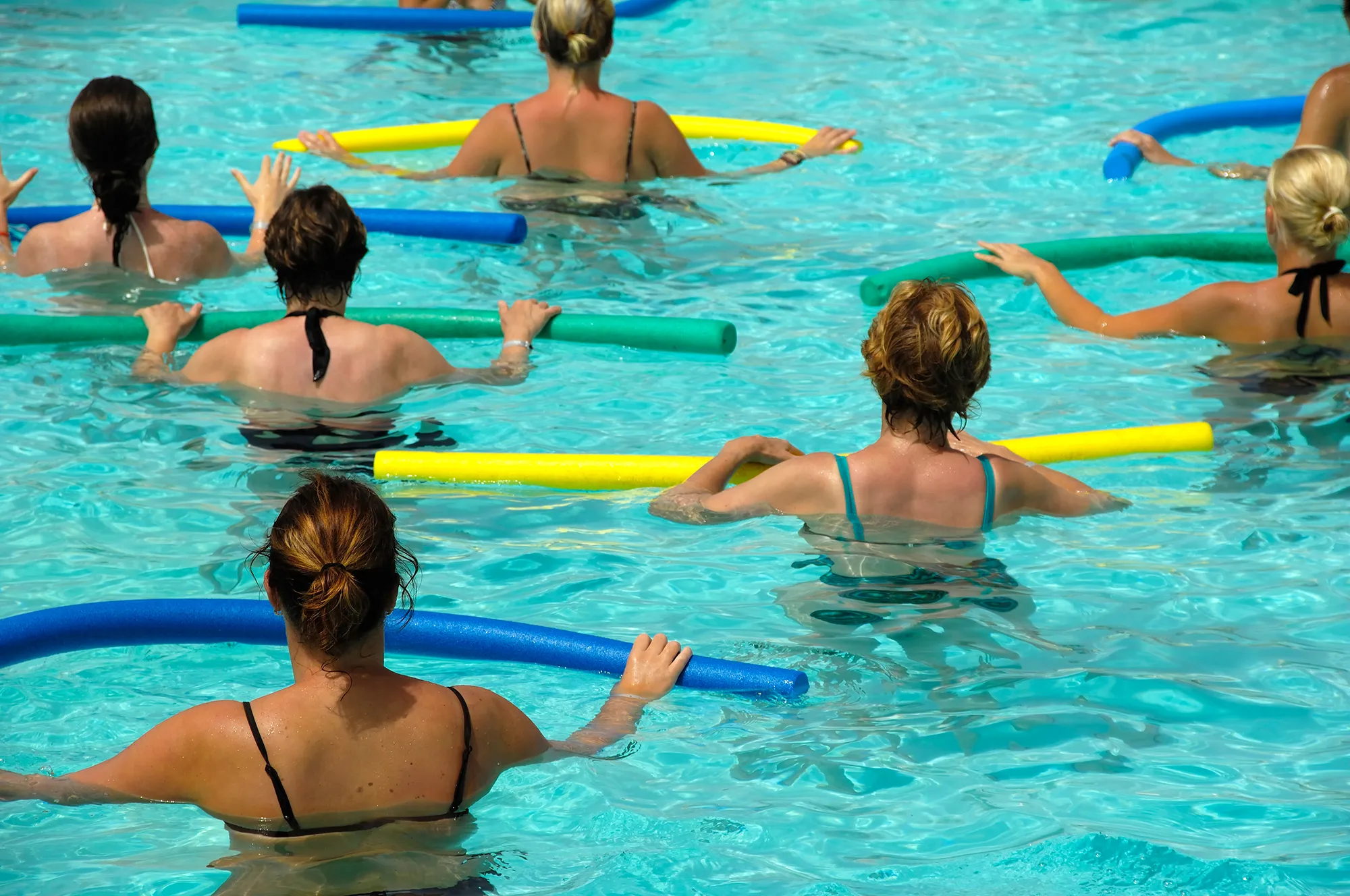
Improved Range of Motion
The warm water used in aquatic therapy helps to relax the muscles and increase blood flow to the joints, which can improve range of motion. This is particularly beneficial for individuals with OA, as stiffness and limited mobility are common symptoms of the condition. By performing exercises in the water, individuals can gradually increase their range of motion and improve their overall mobility.
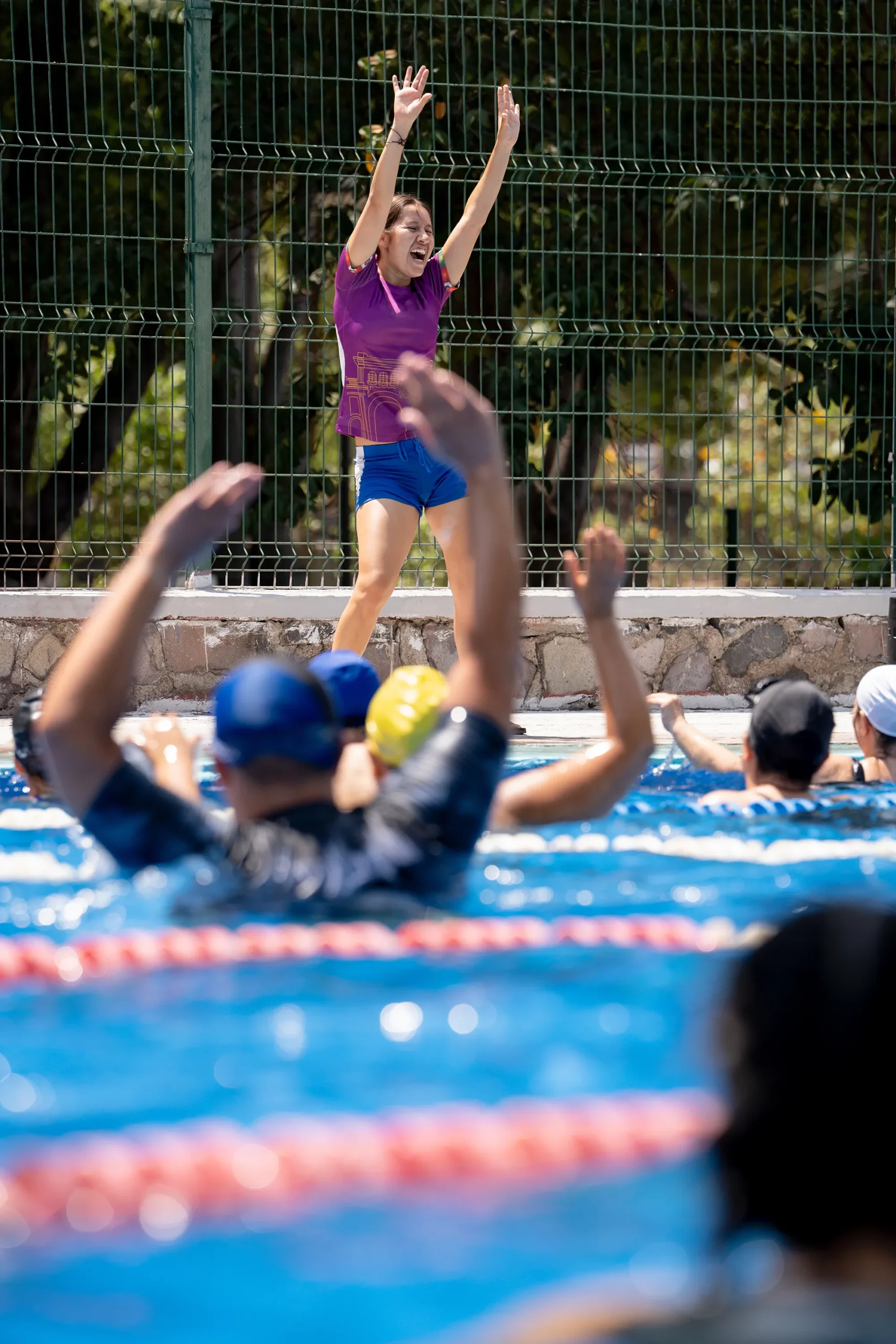
Increased Muscle Strength
The resistance of the water provides a natural form of resistance training, which can help to build muscle strength. This is important for individuals with OA, as strong muscles can help to support and protect the joints, reducing pain and improving function. The therapist may use specialized equipment, such as resistance bands, to target specific muscle groups and further enhance the strength-building benefits of aquatic therapy.

Pain Relief
The warm water used in aquatic therapy can have a soothing effect on the joints, providing pain relief for individuals with OA. The buoyancy of the water also helps to reduce pressure on the joints, which can alleviate pain and discomfort. Additionally, the exercises performed in the water can help to improve joint function, reducing pain and stiffness in the long term.
Improved Balance and Coordination
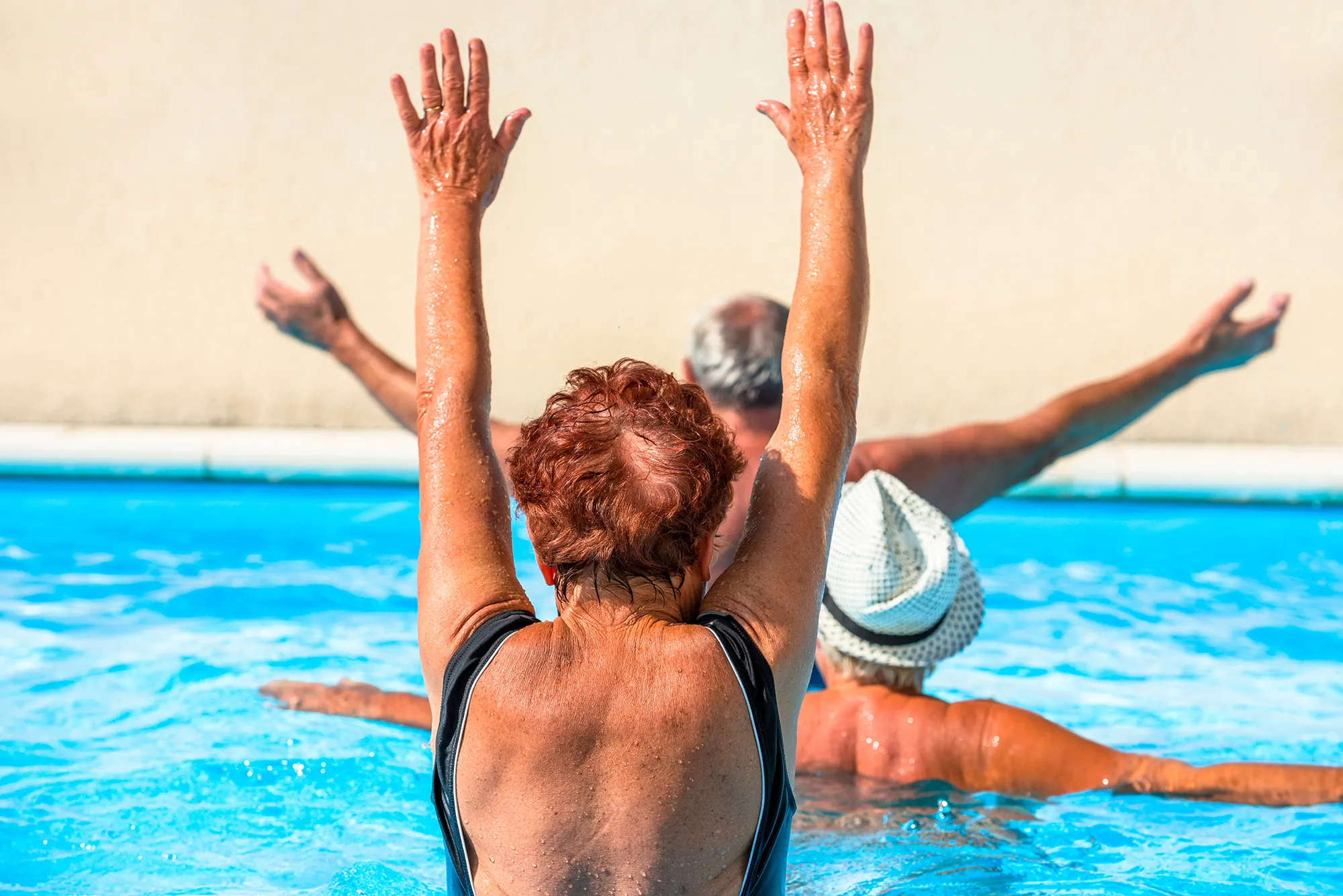
Individuals with OA may experience balance and coordination issues due to joint pain and stiffness. Aquatic therapy can help to improve these skills by providing a safe and supportive environment for movement. The therapist may incorporate balance and coordination exercises into the treatment plan, helping individuals to improve their overall stability and reduce the risk of falls.
How to Get Started with Aquatic Therapy
If you are interested in trying aquatic therapy for osteoarthritis management, here are some steps to get started:
Consult with Your Doctor
Before starting any new exercise program, it is important to consult with your doctor, especially if you have a medical condition like OA. They can advise you on whether aquatic therapy is a suitable option for you and provide any necessary precautions or modifications.
Find a Qualified Therapist
It is essential to work with a qualified therapist who has experience in aquatic therapy for OA. They can create a personalized treatment plan based on your specific needs and monitor your progress to ensure you are performing the exercises correctly and safely.
Choose the Right Pool
When looking for a pool for aquatic therapy, consider factors such as water temperature, depth, and accessibility. The water temperature should be warm enough to relax the muscles and joints, and the pool should be deep enough to allow for full range of motion during exercises. Additionally, the pool should have appropriate accessibility features, such as handrails and ramps, to ensure safety and ease of use.
Start Slowly and Gradually Increase Intensity
As with any new exercise program, it is important to start slowly and gradually increase the intensity. Your therapist will work with you to create a plan that suits your abilities and gradually increase the difficulty as you progress. This will help to prevent injury and ensure that you are getting the most out of your therapy sessions.
Real-Life Success Stories
Many individuals with OA have found success with aquatic therapy. Here are some real-life stories of how aquatic therapy has helped individuals manage their osteoarthritis:
Mary’s Story
Mary, a 65-year-old woman, had been struggling with OA for several years. She found it difficult to perform daily activities and was in constant pain. After consulting with her doctor, she decided to try aquatic therapy. With the help of her therapist, she gradually increased her strength and range of motion, and after a few months, she was able to walk without pain and perform daily tasks with ease.

John’s Story
John, a 50-year-old man, had been an avid runner for most of his life. However, due to OA in his knees, he had to give up running and was struggling to find a form of exercise that didn’t aggravate his condition. After trying various treatments, he discovered aquatic therapy. With the help of his therapist, he was able to build strength and improve his range of motion, allowing him to return to running without pain.
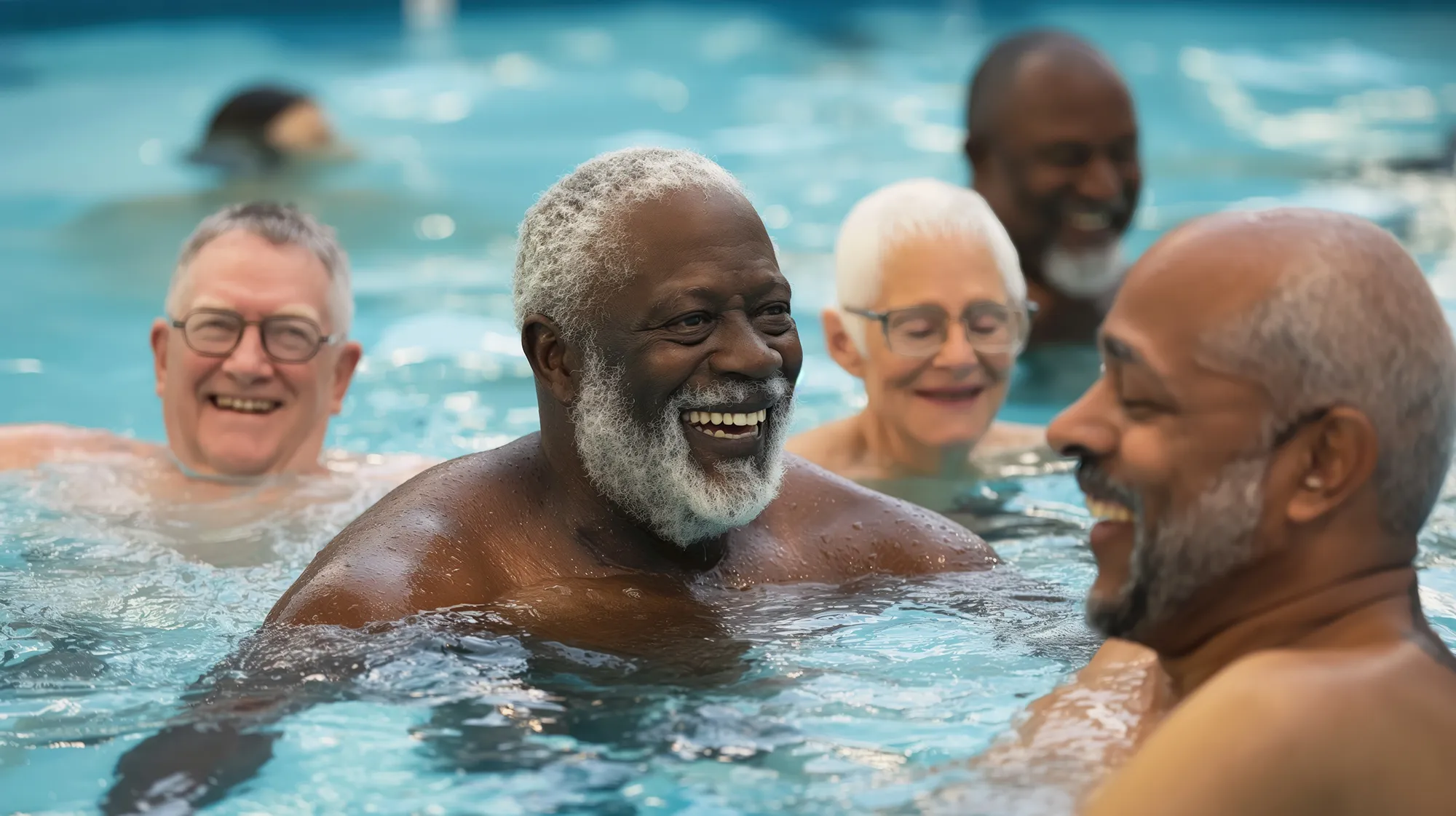
Conclusion
Aquatic therapy is a safe and effective form of exercise for individuals with OA. It offers numerous benefits, including low-impact exercise, improved range of motion, increased muscle strength, pain relief, and improved balance and coordination. By working with a qualified therapist and following a personalized treatment plan, individuals with OA can improve their quality of life and lead a more active and pain-free life. So, why not take the plunge and give aquatic therapy a try? Your joints will thank you!


